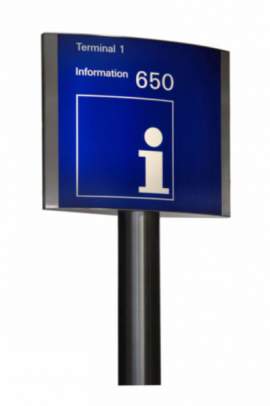
Wrongful Termination

What is Wrongful Termination?
• Wrongful termination is a legal phrase, which describes a situation where an employee’s contract of employment is terminated by their respective employer in circumstances that constitute a breach one or more terms of the contract of employment.
• All employees, when legally working in the United States, sign a contract of employment. This contract stipulates the expected role and the stipulations of the various occupations. The employee contract is a legally binding document that must be upheld by both the employer and the employee.
• A wrongful termination will differentiate based on the particular employee contract signed and varies by jurisdiction; however, all wrongful terminations violate a specific aspect of the particular employee contract. The following circumstances are considered common examples of a wrongful termination:
• Discrimination:An employer cannot terminate a worker because the employee is a certain nationality, race, religion, age, sex, or in some states, sexual orientation.
• Retaliation: An employer cannot fire an employee as a result of a claim of discrimination filed by the employee. Retaliatory actions are outlawed by the federal government under civil rights law.
• The Employee’s Refusal to Commit an Illegal Act: An employer is not allowed to fire an employee because the employee refuses to participate in an illegal function aligned with the business or employment of the individual.
• Employer Not Following Documented Termination Procedures: All employers will institute an employee handbook or company policy pamphlet which outlines formal procedures of the employer. These procedures must be adhered to; if the employer fires an employee without following the specific termination procedure outlined in company policy, the employee may file for wrongful termination.
Legal Actions if Wrongfully Terminated
• A wrongful dismissal will arise first as a claim by the dismissed employee. The majority of jurisdictions within the United States provide tribunals or court systems which will observe actions for wrongful dismissals. If the termination is proven as a wrongful dismissal, the court will provide the individual with one of two remedies: the court district will order the employer to reinstate the individual and/or provide the individual with monetary compensation for the loss of wages and the emotional stress that revolves around being wrongfully terminated.
• In order to prove a wrongful dismissal the individual must provide evidence as to the unjust actions taken by the employer. An employer can legally fire an employee for violating the employment contract or for a number of reasons associated with performance based issues. That being said, these lawsuits or hearings typically revolve around a battle between the employer’s statements that the individual was fired for a specific reason (such as lack of performance) vs. the former employee’s counter claim that he or she was unjustly fired. These battles, although complex in some circumstances, are enshrouded in subjective squabbles. As a result of this characteristic, if you have been wrongfully terminated, you should most certainly hire a legal professional to streamline the legal process. The most important aspect of proving a wrongful termination is to review the grounds for hiring vs. the employment contract and your particular performance while employed.



















